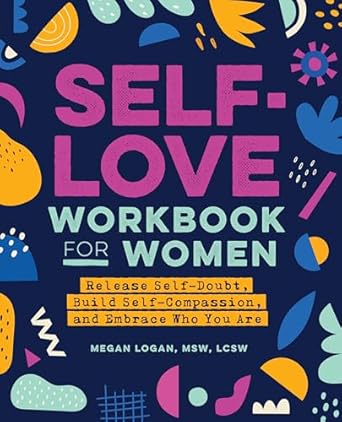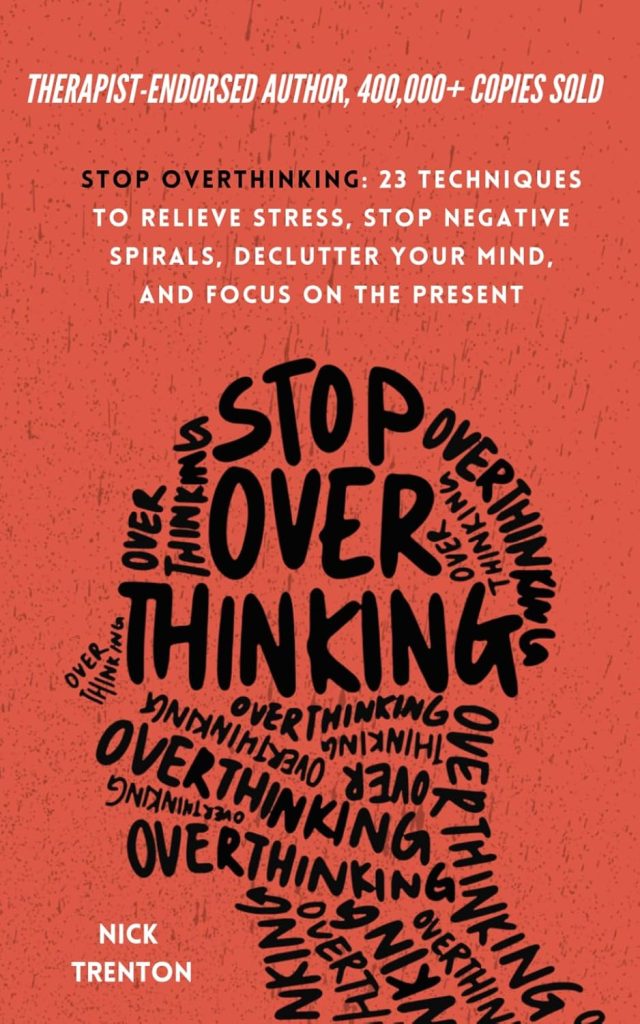
Exploring past lives through regression can offer profound insights to heal emotional wounds, overcome fears, and align with your soul’s purpose. Begin by finding a qualified past life regression therapist or guide. During sessions, you may experience vivid memories, emotions, or sensations from previous incarnations. Approach these with an open mind and heart. Once you’ve uncovered significant past life experiences, reflect on how they relate to your current challenges, strengths, and patterns. Journaling can help integrate these revelations. Identify core lessons and gifts from your soul’s journey. Then, set intentions and goals that honour your authentic self and life purpose. For example, if you uncovered a past life marked by betrayal, you may wish to cultivate deeper trust and set boundaries in this lifetime. Or, if you embodied courage, you could commit to stepping into your power more fully. The key is using these insights as a catalyst for positive change and growth. With self-compassion and wisdom from your eternal soul, you can co-create a life of meaning, joy and fulfillment.
Life is a journey filled with experiences, challenges, and lessons. Reflecting on your past can provide invaluable insights that help you shape a successful and fulfilling future. By assessing your achievements, setbacks, and growth, you can set clear and attainable goals that align with your aspirations. Here’s how you can effectively use your past to build a better future.
1. Acknowledge and Appreciate Your Journey
Your past is a roadmap of experiences that have shaped who you are today. Take time to reflect on your accomplishments and challenges. Journaling or creating a personal timeline of significant events can help you identify key moments that influenced your life.
Consider using a guided reflection journal to make this process easier. Check out this guided reflection journal to help organize your thoughts and experiences effectively.
2. Identify Lessons Learned
Every experience, whether positive or negative, carries a lesson. Ask yourself:
- What did I learn from my successes?
- How did my failures help me grow?
- What habits or decisions led to my biggest accomplishments?
Understanding these lessons will provide clarity on what to replicate and what to avoid in the future.
3. Set SMART Goals
Once you have analyzed your past, set Specific, Measurable, Achievable, Relevant, and Time-bound (SMART) goals. Whether you want to advance in your career, improve your health, or build stronger relationships, setting well-defined goals will increase your chances of success.
4. Create a Vision Board
A vision board serves as a visual representation of your dreams and goals. It keeps you motivated and focused. Include images, quotes, and affirmations that inspire you.
5. Develop an Action Plan
Turning your goals into reality requires a solid action plan. Break down your goals into smaller, manageable steps. Create a timeline and set milestones to track your progress.
6. Stay Flexible and Open to Growth
Life is unpredictable, and sometimes plans change. Be open to adjusting your goals and strategies based on new experiences and insights. The ability to adapt is a key factor in long-term success.
7. Surround Yourself with Supportive People
Your environment and the people around you play a crucial role in your growth. Seek mentors, join supportive communities, and engage with like-minded individuals who encourage and inspire you.
NOTE:from bekkydanner Reflecting on your past is not about dwelling on your mistakes but about using them as stepping stones for a brighter future. By learning from your experiences and setting strategic goals, you can create a roadmap to success.
If you’re ready to start setting meaningful goals, don’t forget to explore this guided reflection journal to assist you on your journey. Remember, your past is a teacher—use it wisely to shape your future.ask me any Question in a comment section.



